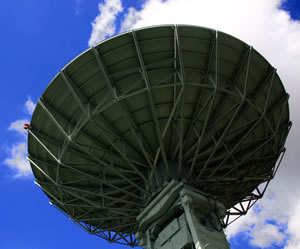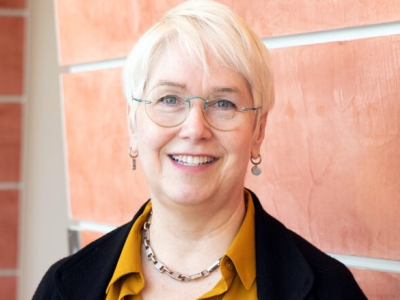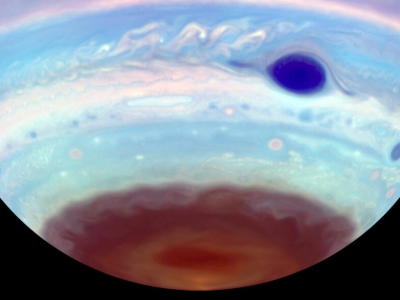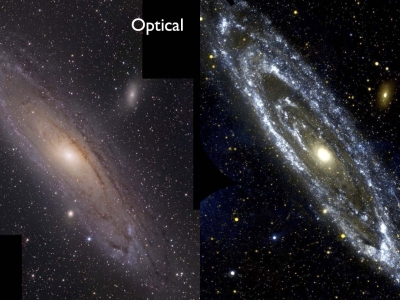Space Sciences Laboratory
The Space Sciences Laboratory (SSL) is an Organized Research Unit (ORU) of the Berkeley campus reporting to the Vice Chancellor for Research. SSL's primary goal is to foster research in space-related sciences and to provide education for the next generation of space scientists. Research at SSL, led by Berkeley faculty and SSL Senior Fellows, focuses on experiments and observations carried out in space as well as theoretical and basic research.
Current Research Projects
SSL instruments and detectors are currently operating on more than a dozen spacecraft in orbit, including ICON
(The Ionospheric Connection Explorer), Parker Solar Probe, GOLD (Global-scale Observations of the Limb and Disk), MAVEN (Mars Atmosphere and Volatile Evolution), RBSP/Van Allen Probes (formerly known as the Radiation Belt Storm Probes), NuSTAR (Nuclear Spectroscopic Telescope Array), COS (Hubble Space Telescope Cosmic Origins Spectrograph), THEMIS (Time History of Events and Macroscale Interactions during Substorms), STEREO/IMPACT (Solar-TErrestrial RElations Observatory/In-situ Measurements of Particles and CME Transients), and SoHO (Solar and Heliospheric Observatory in Solar Orbit.
SSL's balloon-borne instruments include GRIPS (Gamma-Ray Imager/Polarimeter for Solar flares), COSI (Compton Spectrometer and Imager), MATTDOR-TF (Middle Atmosphere Transport Timescales Age Distribution and Ozone Recovery-Test flight), MAXIMA and MAXIPOL, designed to study the 2.7K Cosmic Microwave Background (CMB), MAXIS (MeV Auroral X-ray Imaging and Spectroscopy), MINIS (Miniature Spectrometer), and NCT (Nuclear Compton Telescope). SSL's ground based instruments include ISI (Infrared Spatial Interferometer) at Mt. Wilson, and the AMANDA (Antarctic Muon and Neutrino Detector Array). SSL's SETI (Search for Extra Terrestrial Intelligence) group developed SETI@home, by far the most sensitive and comprehensive SETI sky survey ever performed. SETI@home has also revolutionized the field of distributed computing.
Staff and Facilities
SSL employs over 250 people in scientific, technical, and administrative positions, including professors, research scientists, students, engineers, technicians, and programmers. Most of the staff works at the Silver Laboratory and Addition building, located in a wooded site near the crest of the Berkeley hills overlooking the Berkeley campus. The rest are located in several campus departments and at Lawrence Berkeley and Livermore National Laboratories.
SSL has the following facilities for space related research: 1) A high bay: a 60 foot high open area with two cranes that allows assembly of large scientific instruments or payloads for high altitude balloons or spacecraft; 2) An 11-meter diameter dish antenna for communication with spacecraft, sending up commands and bringing down the data; 3) A Mission Operations Center and Science Operations Center (MOC/SOC) for the operation of spacecraft and their scientific instruments; 4) Vacuum test and calibration facilities; 5) Fabrication facilities, including Class 10000 clean rooms, vacuum chambers, clean benches, computers, testing equipment, and electronics equipment located in the clean rooms to fabricate space instruments; 6) Five cosmochemistry labs to test lunar samples, meteorites, and other space material to assist in understanding the age of the solar system.





